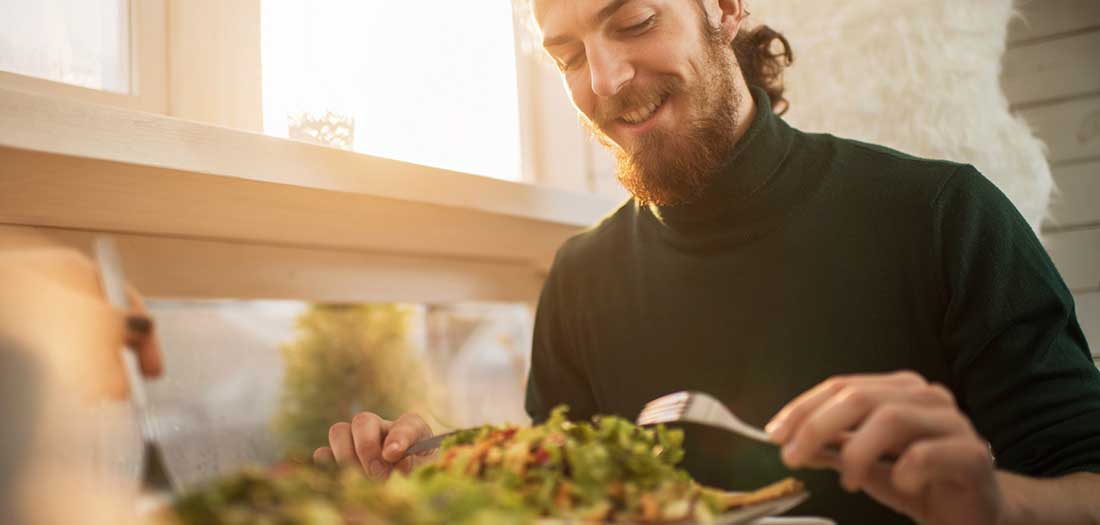
You know the routine— you’re working your hardest to stick to a healthy meal plan. You’ve got Monday to Thursday nailed, starting each day with a healthy breakfast, packing great snacks to go; lunch is mean and lean, and dinner is clean and green.
But when Friday rolls around, life kicks in and you want to go out! Although cooking at home is optimal for healthy eating, no one can eat every meal at home. Here are a few practical tips for how to dine out without ditching your diet.
How About Coffee?

Dining out should be a “sometimes” thing, so save your restaurant meals for special occasions and do coffee instead.
Getting coffee or tea instead of a meal out can be an equally intimate way to catch up with friends, connect with family and save yourself some serious calories.
Get it To Go Before You Get Your Meal
Nobody wants to be the overly fussy restaurant guest. But if you find yourself at an establishment with less than healthy options, don’t be shy and ask for a box to go up front. Make a deal with yourself that you’ll order what you want, but eat no more than half. Take the rest home, enjoy it as leftovers and savor your portion of that restaurant meal right now.
Skip the Bread

Restaurants are notorious for filling you up on cheap carbs. How often do you rave about a restaurant’s bread? Sure, there are some places with killer bread, but most of the time it’s lukewarm, borderline stale and definitely not worth the calories.
If you see that server coming at you with a basket of bread, do yourself a favor and politely turn it down. Save your appetite for the foods that are difficult to make at home. You’ll enjoy your meals more and avoid nonsense calories when you bypass the bread.
Learn the Lingo
If you’ve worked in a restaurant, you’re familiar with the vernacular. “Lightly sautéed” means doused in oil, “pan-fried” means bathed in butter and “steamed” veggies come floating in fat. The major drawback to restaurant meals is that the chef is probably going to be heavy handed with added fats.
Ask your server how various dishes are prepared and request no added butter or oil on dishes that hardly need it. If you really want to learn the lingo, ask for items like baked potatoes or veggies “dry” which is code for no added butter or oil. You can also get condiments on the side, which means you control the added calories.
Front-Load Your Food

Pacing yourself is key when you’re faced with excessive food at restaurants. You can go with the age-old trick of putting your fork down between every bite, or trying to chew your food a prescribed number of times before swallowing. These strategies can help slow your pace of eating and help the body recognize fullness cues.
Another tip is to front-load your meals. Researchers who analyze satiety and calorie intake talk about “pre-loads,” usually referring to foods found in the form of soup and salad. You can preload your meal with high-volume, low-calorie filling foods made up primarily of vegetables and water. Of course you need to watch out for cream-based soups and super fatty dressings that can derail the pre-load party. But starting your lunch or dinner with a smart soup or salad can help curb calories later during that meal.
Regardless of your dining out decorum, it pays to stay aware. You can have a small snack before leaving home to avoid hunger-induced impulse orders or offer to split entrées with a friend. But at the end of the day, keeping your restaurant encounters to a minimum is one surefire way to ensure that when you go out, you make the most of your meals.




 by
by 




 by
by